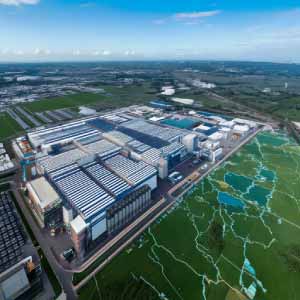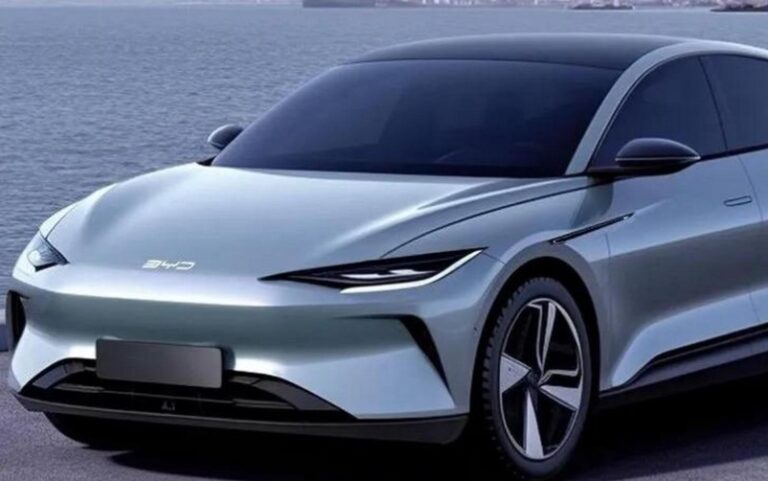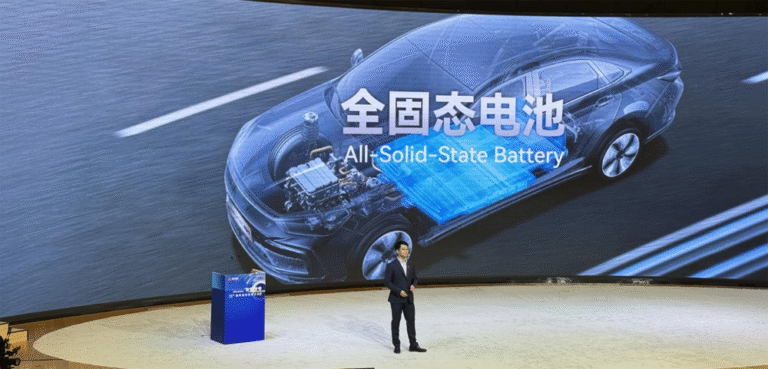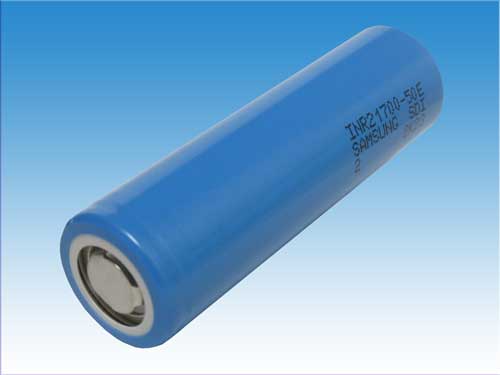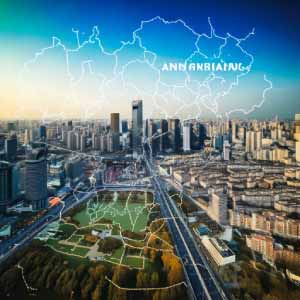CATL’s Recent Business Performance and Financial Health 2
Comparison with BYD
BYD, China’s second-largest battery manufacturer and also a major EV maker, holds the second-largest share in the global EV battery market. In 2024, BYD’s global market share increased to approximately 17%, continuing its upward trend [TOYOKEIZAI.NET]. This growth has been driven by the strong performance of its own EV sales, which in turn has boosted its battery business.
BYD has gained traction through its cost-effective strategy and strength in lithium iron phosphate (LFP) batteries. However, CATL has also enhanced its technological capabilities in LFP, reclaiming some of the market share previously lost to BYD [TOYOKEIZAI.NET].
In terms of profitability, BYD’s net profit for 2023 is projected to have grown by over 80% year-over-year [REUTERS.COM], outpacing CATL’s 43.6% growth rate. Nonetheless, CATL still maintains a higher absolute profit. Another key difference is in customer distribution: while BYD uses a large portion of its batteries in its own EVs, CATL supplies a broader range of automakers globally, giving it a more diversified customer base.
Comparison with LG Energy Solution
LG Energy Solution (LGES), based in South Korea, is the world’s third-largest battery manufacturer. It operates as a global supplier with numerous joint ventures and long-term contracts with automakers in the U.S., Europe, and Japan. In 2024, LGES’s global market share is estimated at around 10–12%, slightly down from the previous year [TOYOKEIZAI.NET].
LGES has strong relationships with companies such as Tesla (for North American production), General Motors, Ford, Volkswagen, and Renault. However, it faces regulatory and market-entry restrictions in China, which limits its access to the world’s largest EV market. As a result, LGES lags behind CATL and BYD in overall market share.
That said, LGES continues to invest aggressively in new production capacity around the world. In the U.S., it is expanding through its Ultium Cells joint venture with GM and by building new plants to meet growing EV battery demand. Despite these initiatives, LGES has lower profit margins than CATL due to high raw material costs and the burden of initial capital investments. Its growth rate for battery installation volume in the first half of 2024 was +6.9%, which also trails behind CATL’s performance [MOOMOO.COM].
In summary, CATL and BYD—China’s two battery giants—currently account for over half of the global EV battery market. They are followed by South Korean and Japanese players like LG Energy Solution, forming a competitive yet clearly stratified global landscape.

